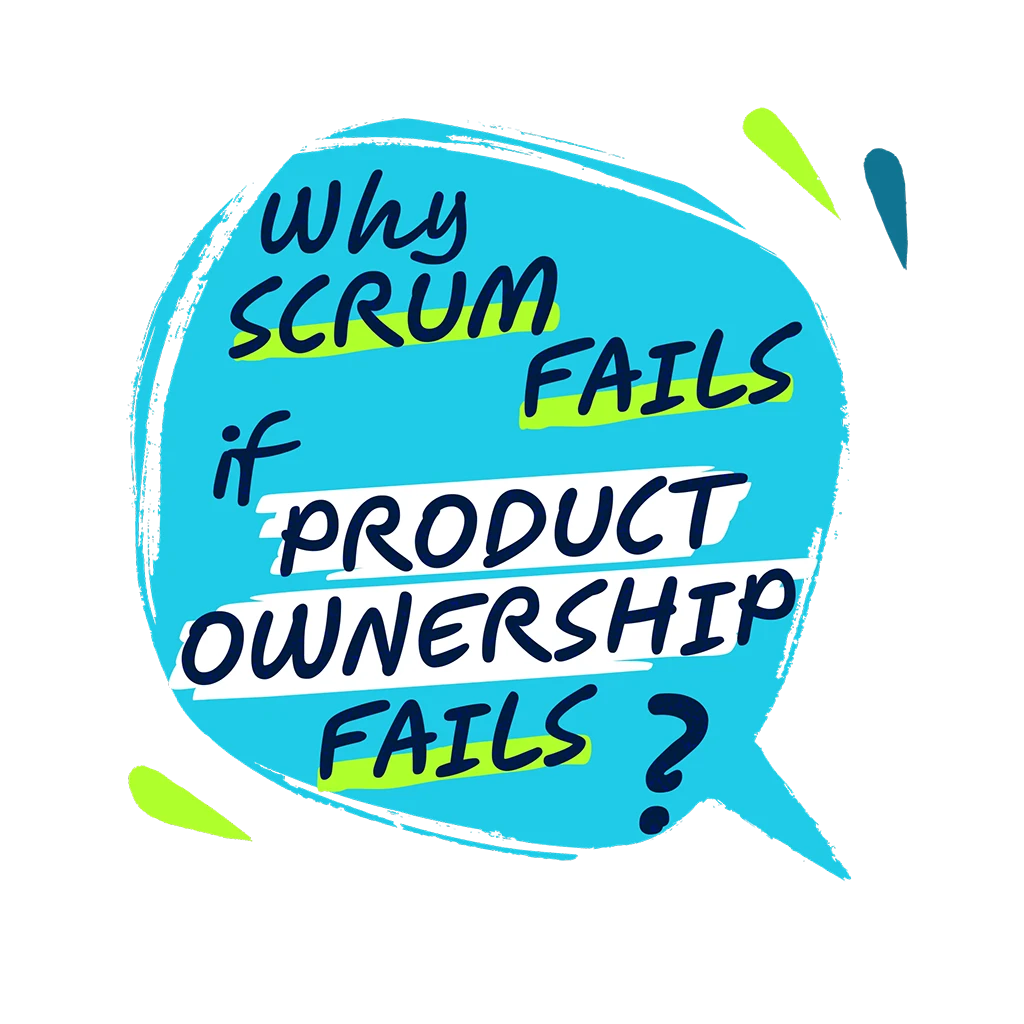If product owners fail to maximise the value produced by the team, the entire product development can be derailed. Failing to understand and validate value leads to the team missing the intended goals
The Product Owner must maximise the value the team can deliver. Acting as a crucial link, the Product Owner integrates the team’s efforts with overarching business objectives, customer requirements, and market movements, underscoring the essential nature of this accountability for the agility to flourish.
1. Vision and Direction:
The Product Owner is accountable for setting a clear vision and direction for the product. Without this, the team may lack a unified understanding of what they are working towards, leading to misaligned efforts and a product that fails to meet user needs or business objectives. A strong vision acts as a guiding star for decision-making and prioritisation throughout the development process.
2. Ordering the Product Backlog for Value:
The Product Owner needs to order the product backlog to ensure the team is always working on the most valuable product backlog items first. Failure in this area can result in the team focusing on less critical items, leading to inefficiency in delivering value and potentially delaying the essential delivery of product work that could drive user satisfaction and business value.
3. Stakeholder Engagement:
The Product Owner bridges the team and stakeholders, including customers, business leaders, and users. Poor stakeholder engagement can lead to a disconnect between what the team is building and what the market or business needs. This misalignment can result in a product needing to be in touch with user expectations or business goals, ultimately leading to failure.
4. Feedback Loop:
An effective Product Owner fosters strong feedback loops, incorporating insights from users, stakeholders, and the team to refine the product continuously. If this loop is broken or ineffective, the product may not evolve in response to user needs or market changes, making it less competitive and relevant. This adaptability is crucial in today’s fast-paced market environments.
5. Team Dynamics and Motivation:
The Product Owner helps the team get motivated and focused by ensuring that everyone understands the impact of their work and feels valued. A lack of clear goals, recognition, or understanding of user needs can easily demotivate the team, leading to lower productivity and potentially impacting product quality.
6. Risk Identification and Decision-Making:
The Product Owner needs to perceive and identify the risks associated with the product development process and the risk of releasing product increments. Failure to adequately address risks or make timely decisions can lead to cost overruns and, ultimately, a product that fails to meet the necessary standards or timelines.
The success of a product and the strength and performance of the team heavily depend on the effectiveness of the Product Owner. The Product Owner is accountable not just for having a transparent backlog but also for leading with vision, fostering collaboration, and making strategic decisions that align with user needs and business goals.


